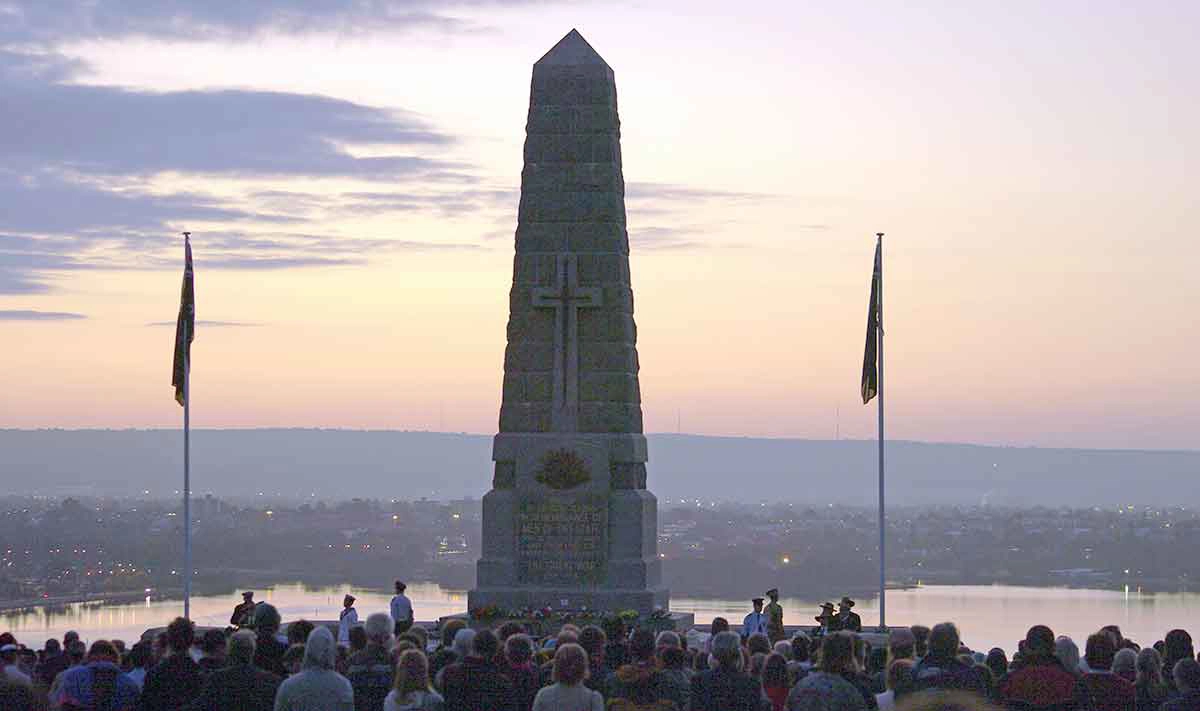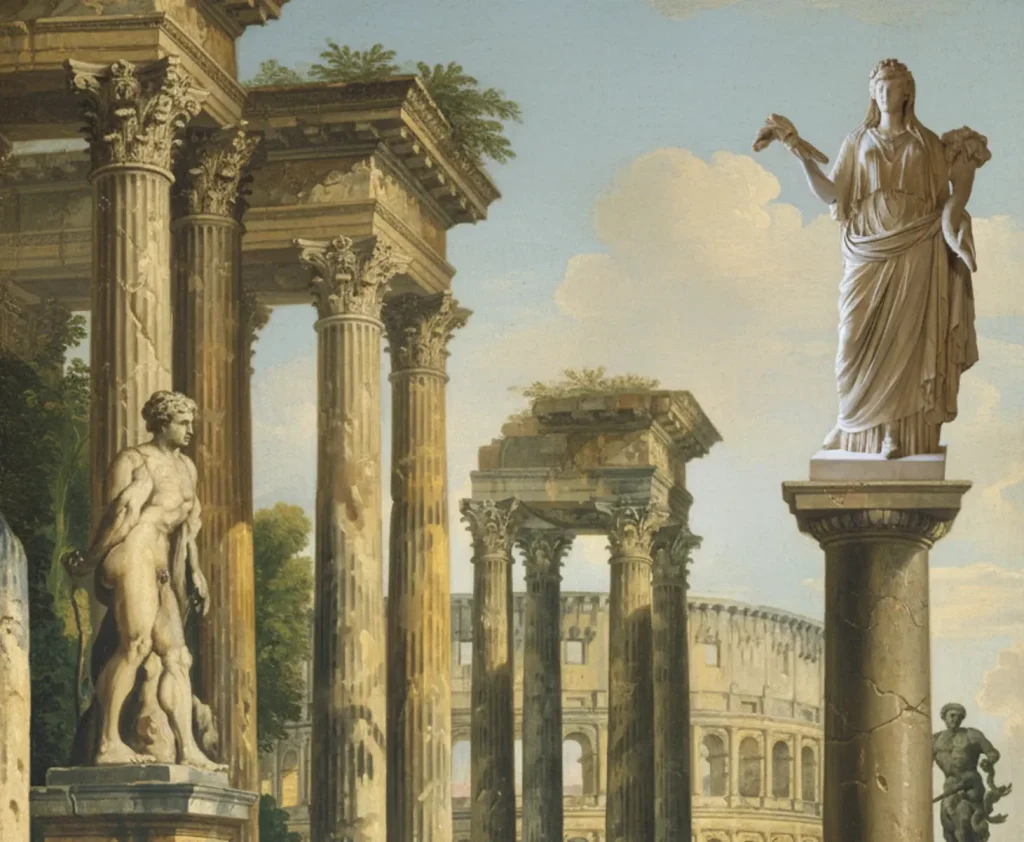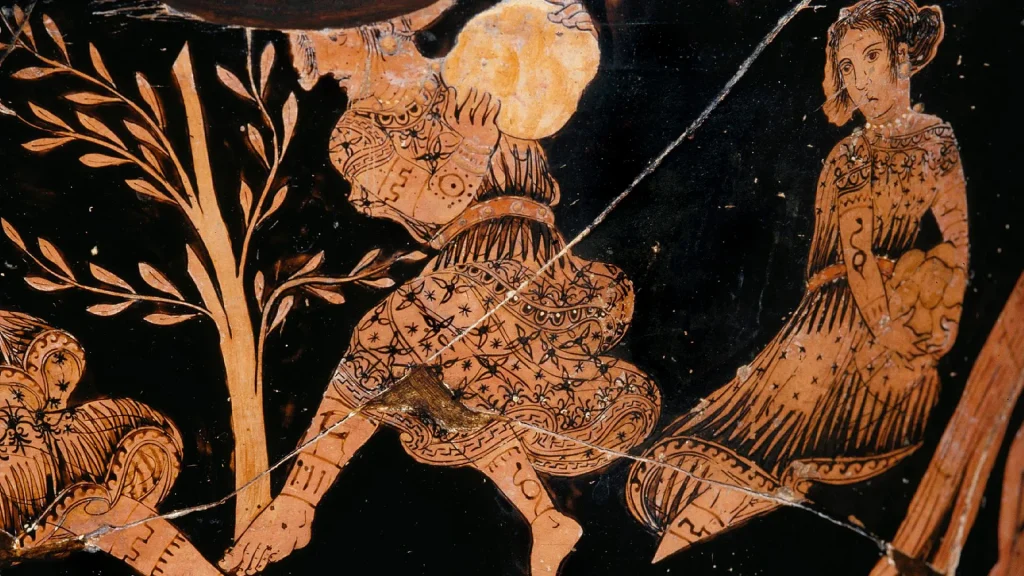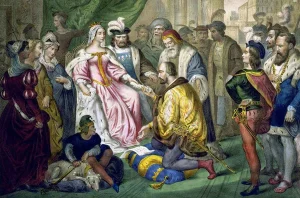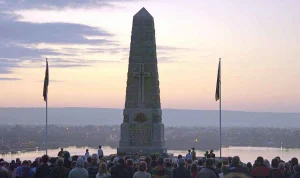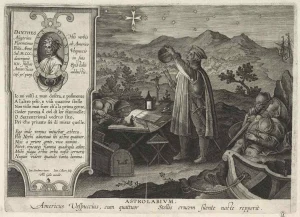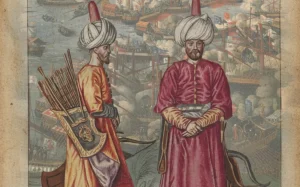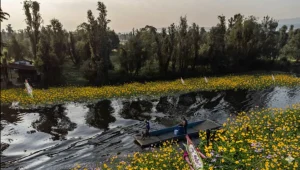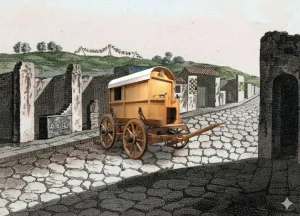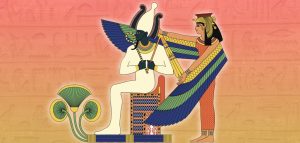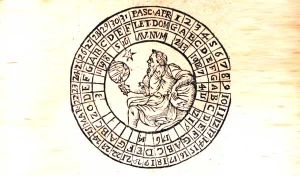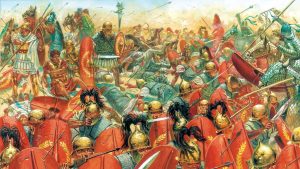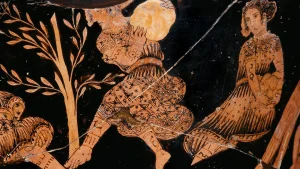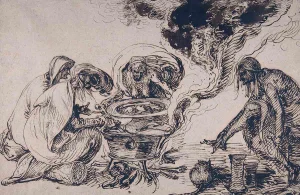1. From First Footprints to a Continent of Nations
Australia’s story begins long before charts and charters, long before the word “Australia” was even imagined. Some 65,000 years ago—during the last glacial period—First Peoples crossed land bridges and island chains from Southeast Asia to the continent’s north. They fanned out over deserts, coasts, and high country, using fire with sophistication to open dense country and invite new grasslands for animals and people alike. As seas later fell and rose, Tasmania and New Guinea were joined to, then severed from, the mainland; distinct cultures and languages flourished in isolation.
By the time Europeans arrived, the continent was a mosaic of nations. Early records speak of 600 or more clans and some 250 languages woven into kinship, law, and Country. At its height before colonization, the Aboriginal population may have reached a million—a tapestry of custodianship as complex as any empire’s bureaucracy, yet guided by stories and songlines instead of palaces and paper.
2. Empire Arrives
Seventeenth-century Dutch sailors first brushed Australia’s shores, but the name that stuck was James Cook’s. His late-18th-century coastal surveys convinced British ministers they’d found a vast prize. A legal fiction smoothed the way: terra nullius—“nobody’s land.” It made Britain’s claim tidy on parchment, even as it ignored tens of thousands of years of occupation and sovereignty.
In 1788, the First Fleet nosed into Sydney Cove with marines, officials, free settlers, and nearly a thousand convicts. New South Wales was declared; dispossession followed. In the decades after, surveyors traced rivers, explorers forced paths through the Blue Mountains, and cartographers like Matthew Flinders stitched the shoreline into a single, named continent. Outback expeditions eventually sighted Uluru—sacred to the Anangu—and rebadged it “Ayers Rock,” a habit of renaming that said much about power and little about place.
3. Gold, Self-Government, and a New Kind of People
In 1851, shovels hit paydirt in New South Wales and Victoria. The gold rush transformed everything. Prospectors surged in from Britain, China, the Americas, and Europe, filling diggings and tent towns, then cities and synagogues, joss houses and Mechanics’ Institutes. Wealth poured through colonial treasuries into roads, railways, telegraphs, and ports. Melbourne and Sydney ballooned from rough colonial outposts into swaggering metropolises.
Prosperity sharpened political appetites. If colonists could fund their own infrastructure, why not shape their own laws? London agreed to constitutions and elected assemblies across the eastern colonies. The imperial tether remained, but the leash slackened. A vernacular “Australian” identity—rowdy, egalitarian in myth if not in practice—began to take form among shearers, storekeepers, and miners who’d learned to stand together at the claims and in the streets.
4. A Commonwealth is Born
On 1 January 1901, six colonies federated into the Commonwealth of Australia. A Constitution stitched Westminster habits to local realities, splitting powers between a national parliament and the states. The new nation kept the Union Jack and the Crown, but it had its own cabinet, courts, and currency on the horizon.
Federation promised coordination—rail gauges that matched, a single customs system, a combined defense force. It also enshrined policies that would take generations to unpick, especially on race and suffrage. The franchise expanded in some places, while First Nations people remained excluded from the constitutional count. Independence had arrived, but equality had not.
5. World War I and the Weight of Gallipoli
Barely a teenager, Australia was flung into the catastrophe of World War I alongside Britain. In 1915, the ANZACs—Australian and New Zealand Army Corps—landed at Gallipoli and fought for eight bitter months against dug-in Ottoman forces. The campaign failed; the casualty lists were long and cruel.
Yet Gallipoli left a mark deeper than the cliffs above the Dardanelles. It became a national parable: mateship, courage under fire, duty without swagger. ANZAC Day rituals would carry that memory forward, even as veterans limped home to grief, influenza, and the hard arithmetic of a small nation’s loss. Many Australians began to question why foreign policy—and the lives of their sons—lay in imperial hands.
6. Rights Long Denied
For most of the nation’s first century, the federal government barely acknowledged Aboriginal and Torres Strait Islander peoples. That began to change in 1967. After sustained campaigning by Indigenous leaders and allies, a referendum won an overwhelming “Yes.” Two crucial constitutional changes followed: First Nations people would be counted in the census, and the Commonwealth could make laws for them.
The vote did not fix generations of dispossession or dismantle discrimination overnight, but it opened a federal door that had long been nailed shut. The “Yes” carried moral force; it also kicked off a new era of organizing around health, land, language, and legal reform, with Indigenous voices pushing policy beyond piecemeal charity toward rights and recognition.
7. Dismantling the “White Australia” Policy
Federation had birthed a country and, almost in the same breath, a barrier: immigration rules designed to keep Australia overwhelmingly European. The “White Australia” policy defined who could enter and who could belong for most of the 20th century. After World War II, rebuilding demanded workers; a changing world demanded different ethics. Step by pragmatic step—under leaders including Harold Holt—the edifice was loosened, then taken down. In 1973, the Whitlam government buried it for good, and a multicultural Australia began in earnest.
The shift altered streetscapes and schoolyards, kitchens and city councils. New migrants brought languages, cuisines, business networks, and art scenes that reshaped the national palette. The idea of what “Australian” meant stretched and strengthened, making room without—at its best—demanding sameness.
8. Mabo, Native Title, and an Old Lie Overturned
In 1992, the High Court handed down the Mabo decision, rejecting the fiction that had justified colonization: terra nullius. Eddie Koiki Mabo, from Mer (Murray Island) in the Torres Strait, and fellow plaintiffs had argued what their communities had always known—that their people held rights to their land long before British flags were planted. The Court agreed.
Parliament followed with the Native Title Act (1993), creating a framework for Traditional Owners to claim legal recognition of rights over land and waters. Mabo didn’t return every stolen acre or solve every jurisdictional puzzle. But it forced the nation to say, in law and out loud: there were—and are—First Nations whose relationship to Country predates, and survives, the colony.
Where the Past Meets the Next Horizon
From the world’s oldest continuous cultures to a federation hammered together by rail lines and referenda, from a beachhead at Gallipoli to a bench of High Court judges, Australia’s turning points are diverse in scale but unified in consequence. They shifted who counts, who decides, and who belongs.
Today, the country faces a different suite of tests: climate extremes on a fragile continent; strategic tension in a crowded Indo-Pacific; the unfinished business of justice for First Nations; the promise and pressure of a vibrant, plural society. If history offers guidance, it’s this: Australia moves forward when it refuses tidy fictions, listens to those who’ve tended this land the longest, and enlarges the circle of belonging.
Eight moments can’t tell a whole national story—but they trace a clear arc: from footprints across ancient sand to a modern nation still asking itself the right question—how do we live well together on this Country, and leave it better than we found it?

